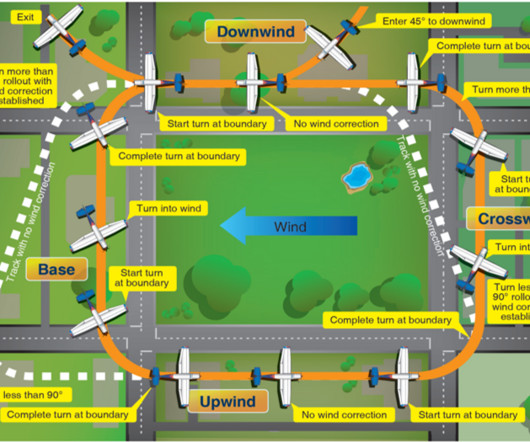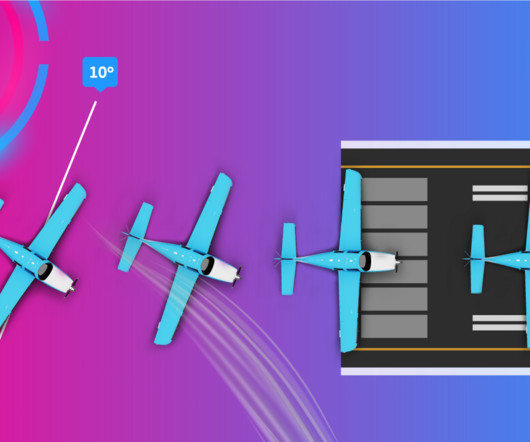Step-By-Step Guide To Performing Ground Reference Maneuvers
Northstar VFR
MARCH 30, 2025
Begin a turn around the point, keeping asteepest bank angleon the downwind, where your groundspeed is highest. your groundspeed begins to slow down),shallow your bank angleto compensate for the decreasing groundspeed. Pro tip: Watch your airspeed vs groundspeed. This will make the rest of the maneuver a little bit easier.











Let's personalize your content